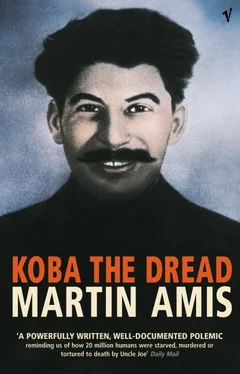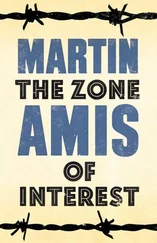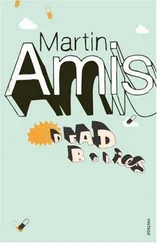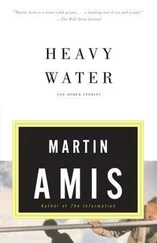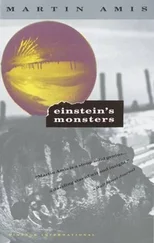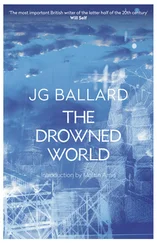Ninotchka’s funeral in November 1919 cost 30,000 [writes another diarist]; Uncle Edward’s funeral in December 1921 was 5,000,000; M. M.’s funeral in March 1922 was 33,000,000.
Cremation was attractive to the regime. For one thing it undermined the Orthodox Church, which expressly prescribed interment. Cremation was also modern, ‘a new, industrialised and scientific world of flame and ash’. [23] From Catherine Merridale’s Night of Stone: Death and Memory in Russia . In this section I am gratefully dependent on her striking chapter, ‘Common and Uncommon Graves’.
After many ponderous experiments the first crematorium was opened in December 1920 in Petrograd. It could manage barely 120 bodies a month, and, in February 1921, cremated itself when the wooden roof caught fire. Another solution, of course, was the mass grave. The pits at Butovo, near Moscow, are thought to hold 100,000 bodies; another Stalin-era necropolis, at Bykovna in the Ukraine, is thought to hold 200,000.
In 1919, as part of a further move against religion, the coffins of medieval ‘saints’ were opened up and exposed to scientific scrutiny. The sweet-smelling, tear-shedding, eternally fresh dead bodies of church doctrine were revealed as little bundles of bone and dust. ‘The cult of dead bodies and of these dolls must end,’ read the Justice Department’s instruction. The policy ceased to apply when, in January 1924, Lenin had his last stroke. A powerful refrigerator was imported from Germany, and the Immortalization Commission worked flat out for six months, anxiously monitoring the mould on Lenin’s nose and fingers. The corpse was rendered incorruptible, by science, and enshrined as an icon.
After the war, in Kolyma, Stalin’s Arctic Auschwitz, natural erosion brought about a strange discovery: ‘A grave, a mass prisoner grave, a stone pit stuffed full with undecaying corpses from 1938 was sliding down the side of the hill, revealing the secret of Kolyma.’ The bodies were transferred to a new mass grave by bulldozer. Varlam Shalamov [24] See also pp. 154–58.
was there:
The bulldozer scraped up the frozen bodies, thousands of bodies of thousands of skeleton-like corpses. Nothing had decayed: the twisted fingers, the pus-filled toes which were reduced to mere stumps after frostbite, the dry skin scratched bloody and eyes burning with a hungry gleam…
And then I remembered the greedy blaze of the fireweed, the furious blossoming of the taiga in summer when it tried to hide in the grass and foliage any deed of man – good or bad. And if I forget, the grass will forget. But the permafrost and stone will not forget.
Getting to the Other Planet
Your chair is never softer, your study never warmer, your prospect of the evening meal never more secure than when you read about the gulag: the epic agony of the gulag. And your lecteurial love for Aleksandr Solzhenitsyn (at such moments you are tempted to reach for Aleksandr Isayevich) never more intense. ‘How much does the Soviet Union weigh?’ Stalin once rhetorically asked a team of interrogators who were having difficulty in breaking a suspect (Kamenev). He meant that no individual could withstand the concerted mass of the state. In February 1974 the Moscow Cheka served Solzhenitsyn with a summons. Instead of signing the receipt, he returned the envelope with a statement that began:
In the circumstances created by the universal and unrelieved illegality enthroned for many years in our country… I refuse to acknowledge the legality of your summons and shall not report for questioning to any agency of the state.
And, for that moment, the Soviet Union and Aleksandr Solzhenitsyn weighed about the same.
Exertions of the imagination are now called for. The Christmas before last, when she came to stay, my mother revealed an interest in Russian ‘witness’ literature. I slipped her a paperback called Man Is Wolf to Man: Surviving the Gulag . She accepted it gratefully but responsibly. ‘Didn’t they have terrible times,’ she asked me (and there was no question mark). ‘Yes,’ I said. ‘Didn’t they.’ ‘ Terrible times,’ she said. The experience of the gulag was like a nightmare that ever worsened. It was a torment as lavish as any divinity could devise; and we are only on page 94 of Eugenia Semyonovna Ginzburg’s Into the Whirlwind when we hear the words of Job (these words are repeatedly whispered in her ear): ‘For the thing which I greatly feared is come upon me, and that which I was afraid of is come unto me’…
They had terrible times: unbelievably terrible times. And the camps of the gulag were just the last and longest stop on an unbelievably terrible road. First, arrest (almost always at night). [25] This presented a logistical challenge in oft-purged Petrograd/Leningrad during the long days of arctic summer. Witnesses describe the two or three hours of darkness as something like a Monte Carlo Rally of black marias. The Cheka preferred the night, but they needed you to know that you were never safe. They could come for you at any time, in any place: on the street, in hospital, at the office or the opera.
Solzhenitsyn describes the body chemistry of the arrested in terms of sudden heat – you are burning, boiling. ‘Arrest is an instantaneous, shattering thrust, expulsion, somersault from one state into another… That’s what arrest is: it’s… a blow which shifts the present into the past and the impossible into omnipotent actuality.’ In this instant, a poet wrote, ‘you tire as in a lifetime’. Thus you were taken from your world and you entered… You entered what? One must bear in mind Martin Malia’s more general warning: it is not the work of a moment to ‘[grasp] the extraordinary combination of dynamism and horror that characterized the Soviet experiment’.
Next, imprisonment and interrogation: this period normally lasted for about three months. In the chapter called ‘The Interrogation’ Solzhenitsyn tabulates thirty-one forms of psychological and physical torture (the use of the latter became official policy in 1937). Red Terror torture was competitive and hysterical and baroque. Stalin-era torture could be all that too, but here, in the prisons of the cities, its setting was bureaucratic and cost-efficient. The interrogators needed confessions. It is important to understand that those accused of political crimes were almost invariably innocent. The interrogators needed confessions because these had been demanded from above by quota – that cornerstone of Bolshevik methodology. The apparatus was now immovably plugged into the Stalin psychodrama, and responded accordingly to his spasms of fear and rage, and his simpler need to exert power by mere intensification.
The tortures described by Solzhenitsyn are unendurable. This reader has endured none of them; and I will proceed with caution and unease. It feels necessary because torture, among its other applications, was part of Stalin’s war against the truth. He tortured, not to force you to reveal a fact, but to force you to collude in a fiction. This is Solzhenitsyn’s description of ‘the swan-dive’:
A long piece of rough towelling was inserted between the prisoner’s jaws like a bridle; the ends were then pulled back over his shoulders and tied to his heels. Just try lying on your stomach like a wheel, with your spine breaking – and without water and food for two days…
Another method was to confine the prisoner in a dark wooden closet where
hundreds, maybe even thousands, of bedbugs had been allowed to multiply. The guards removed the prisoner’s jacket or field shirt, and immediately the hungry bedbugs assaulted him, crawling onto him from the walls or falling off the ceiling. At first he waged war with them strenuously, crushing them on his body and on the walls, suffocated by their stink. But after several hours he weakened and let them drink his blood without a murmur.
Читать дальше
